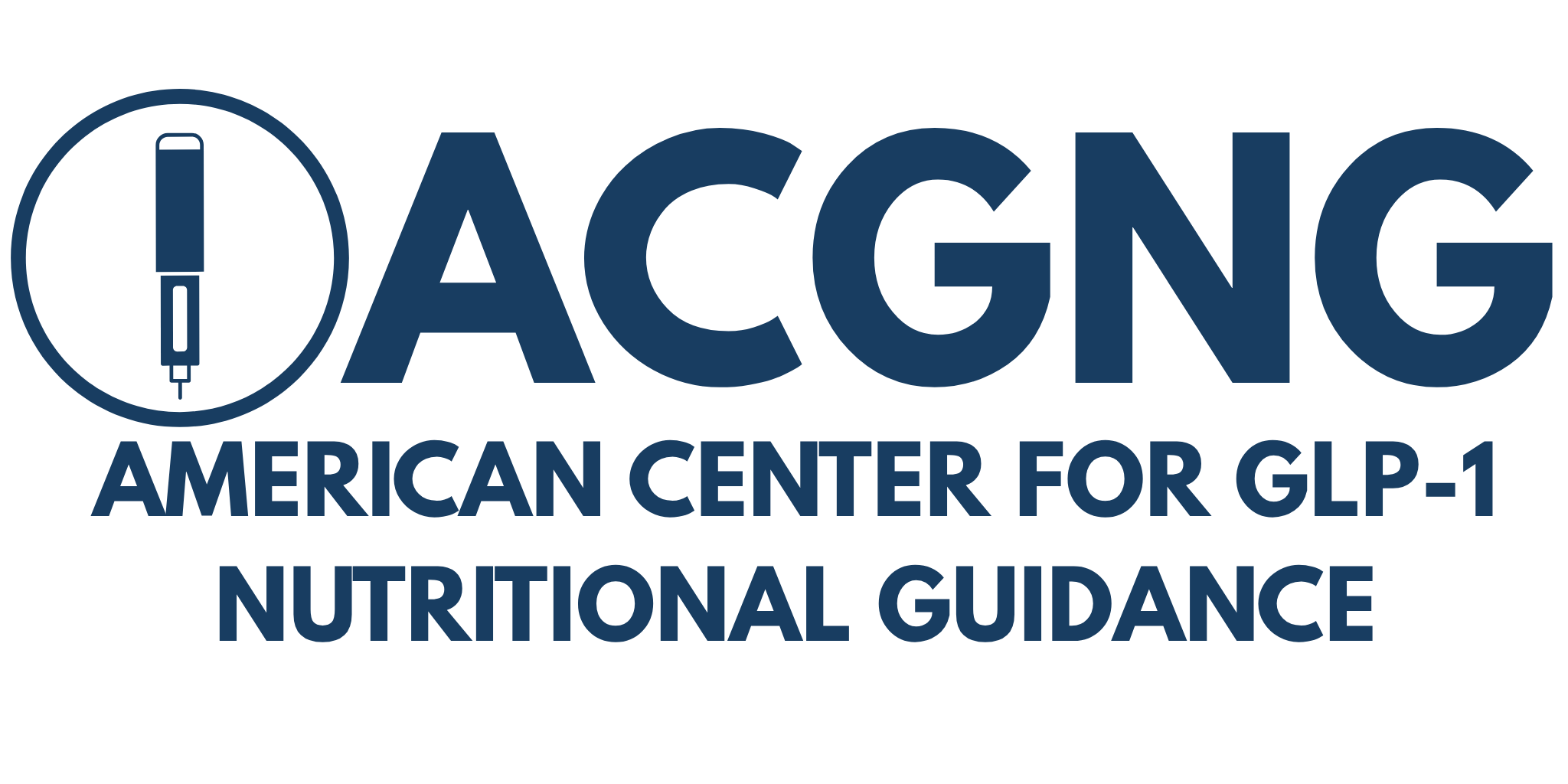Introduction
GLP-1 receptor agonists (like semaglutide and liraglutide) are changing the landscape of obesity and metabolic treatment. But how do they stack up against traditional weight loss methods? This guide breaks down the key differences between GLP-1s and other common interventions.
1. GLP-1 Receptor Agonists
- **Mechanism:** Mimic natural hormones that regulate appetite and insulin.
- **Examples:** Semaglutide (Ozempic, Wegovy), Liraglutide (Saxenda), Dulaglutide (Trulicity)
- **Weight Loss Efficacy:** Clinical trials report average loss of 10–15% of body weight over 6–12 months.
- **Benefits:** Appetite suppression, improved blood sugar, cardiovascular risk reduction (in some cases)
- **Limitations:** Gastrointestinal side effects, cost, need for injection, weight regain if discontinued
2. Lifestyle-Only Approaches
- **Includes:** Diet modifications, exercise routines, behavior therapy
- **Efficacy:** Typically results in 5–10% weight loss with sustained effort and support
- **Benefits:** Non-invasive, improves overall health, customizable
- **Limitations:** Slower results, high drop-off rate without structure or accountability
3. Bariatric Surgery
- **Types:** Gastric sleeve, gastric bypass, adjustable gastric band
- **Efficacy:** Average loss of 20–35% of total body weight in the first year
- **Benefits:** Long-term success, hormonal/metabolic reset, diabetes remission in some cases
- **Limitations:** Surgical risks, cost, permanent anatomical change, requires lifelong follow-up and supplementation
4. Other Weight Loss Medications
- **Examples:** Phentermine/topiramate (Qsymia), bupropion/naltrexone (Contrave), orlistat (Alli/Xenical)
- **Efficacy:** Average 3–9% weight loss
- **Benefits:** Oral options, lower cost in some cases
- **Limitations:** CNS effects, digestive side effects, lower efficacy compared to GLP-1s
5. Natural & Complementary Approaches
- **Includes:** Supplements, intermittent fasting, herbal therapies
- **Efficacy:** Variable and often unsupported by strong evidence
- **Benefits:** Perceived safety, accessibility
- **Limitations:** Lack of regulation, inconsistent outcomes, may delay evidence-based treatment
Comparison Table
| Treatment | Avg. Weight Loss | Timeframe | Delivery | Key Considerations |
|---|---|---|---|---|
| GLP-1 Agonists | 10–15% | 3–12 months | Injection / Oral (Rybelsus) | Highly effective, ongoing use needed |
| Lifestyle Only | 5–10% | Ongoing | Self-managed | Requires motivation and structure |
| Bariatric Surgery | 20–35% | 6–18 months | Surgical | Invasive but long-lasting |
| Other Medications | 3–9% | 3–6 months | Oral | Moderate effectiveness, side effects vary |
| Natural/Alternative | Variable | Variable | Oral / Lifestyle | Less studied, may lack clinical support |
Conclusion
GLP-1 receptor agonists offer a powerful new option in the fight against obesity—but they are not the only path. Each treatment comes with its own set of trade-offs. The best approach depends on personal health history, preferences, access, and long-term goals.
Consult a licensed healthcare provider to determine which strategy is best for your individual needs.
